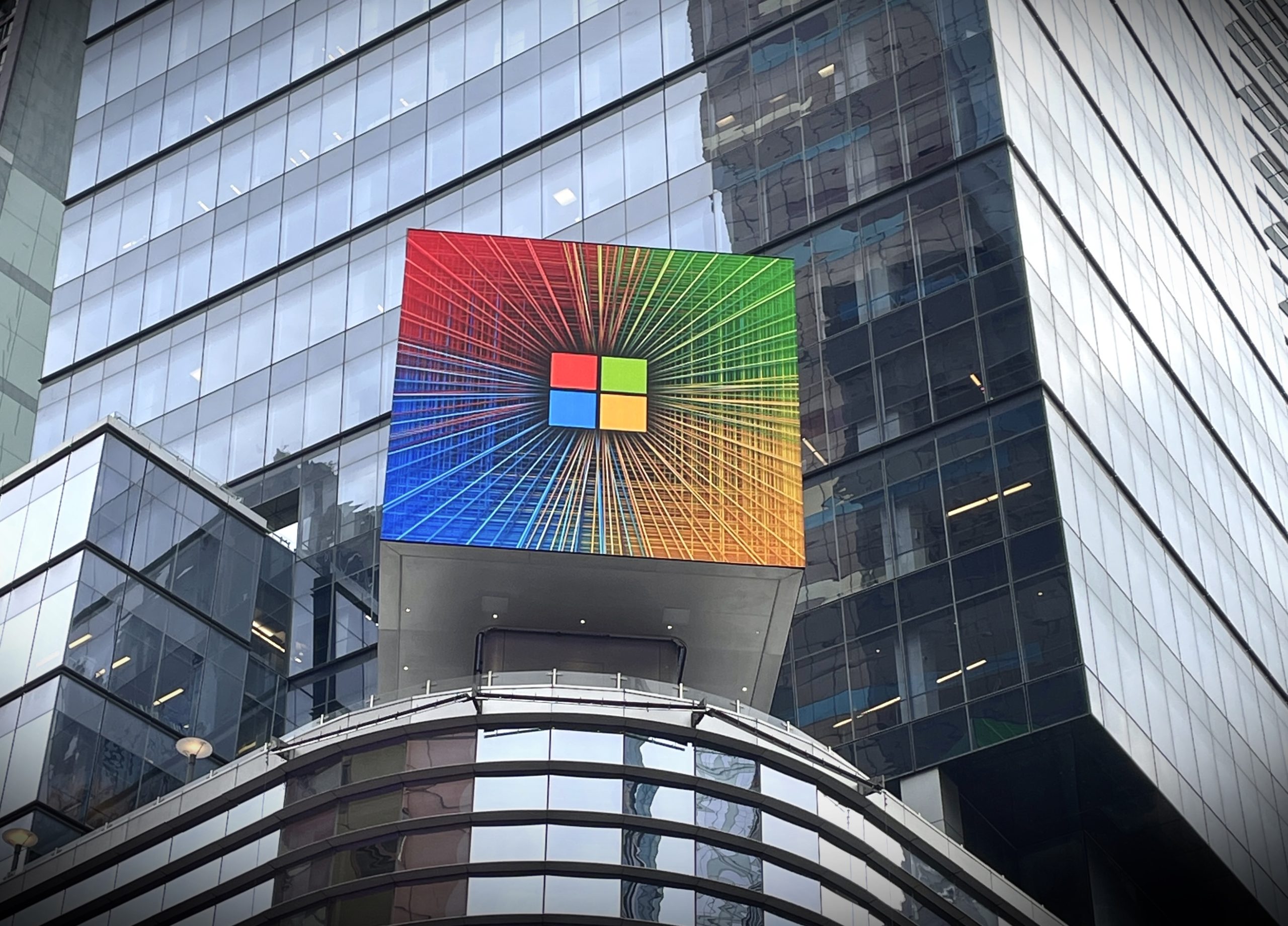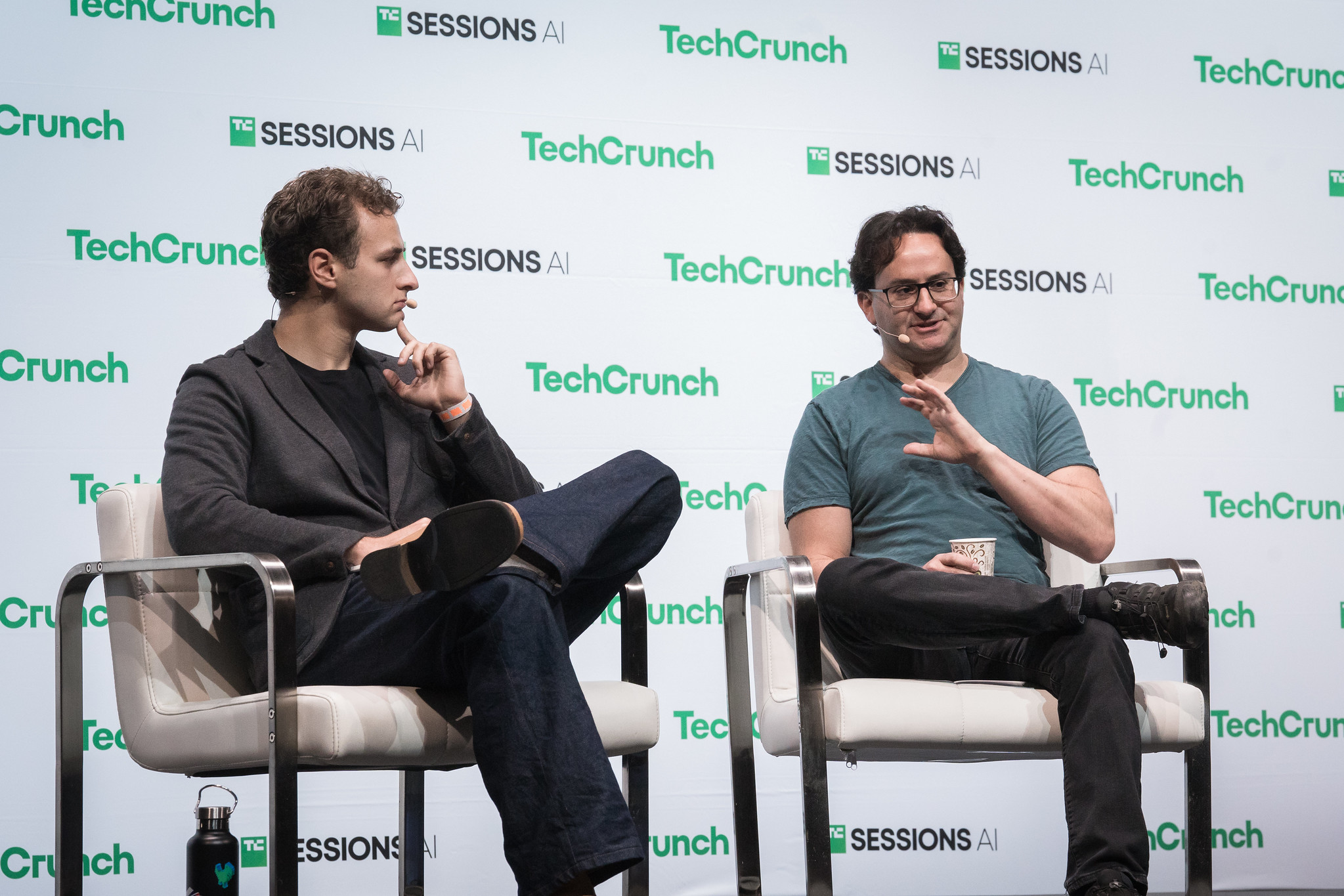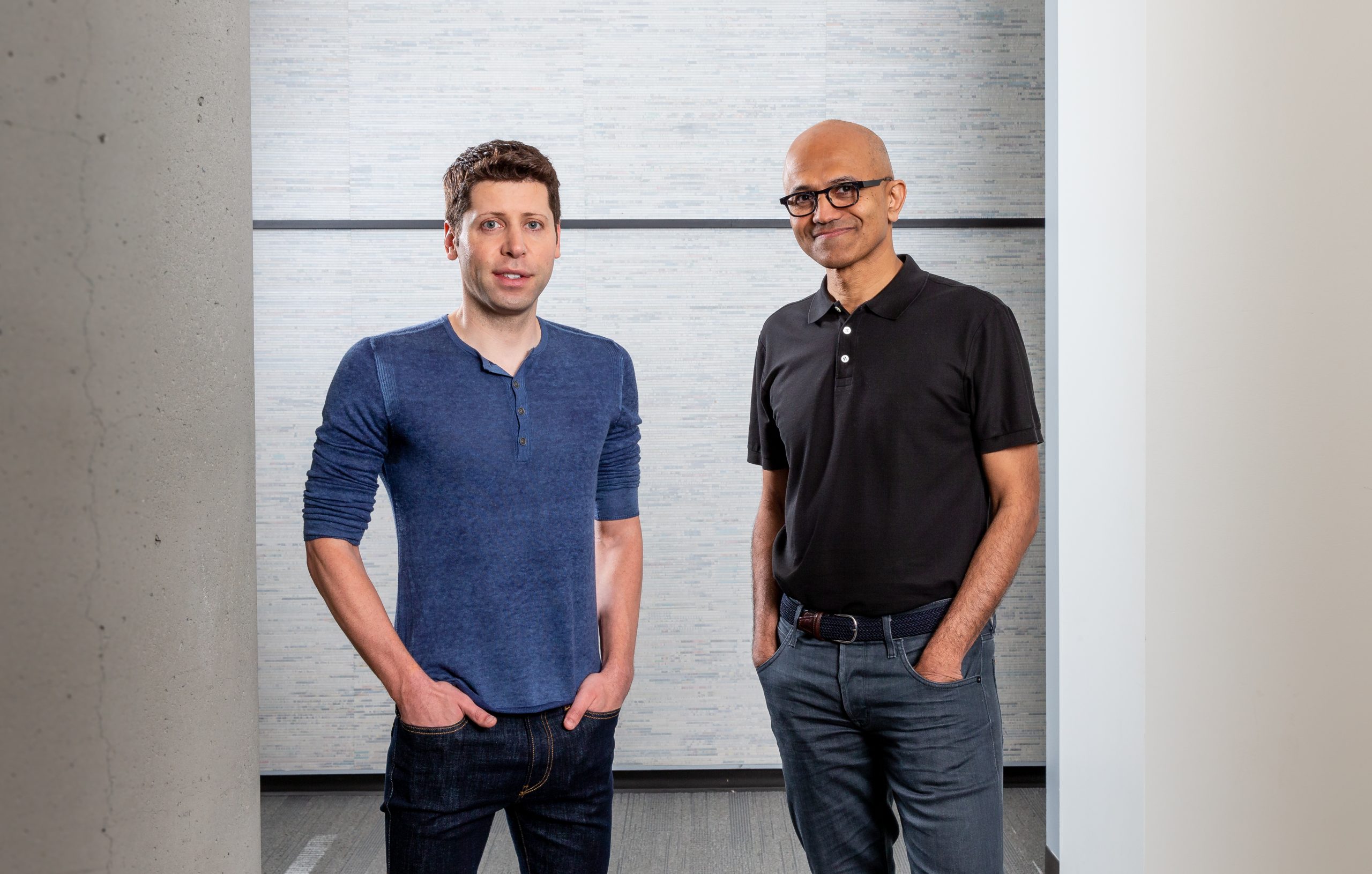
A significant collaboration has emerged in the rapidly evolving artificial intelligence landscape, with cloud infrastructure provider Lambda and technology giant Microsoft forging a multibillion-dollar agreement to bolster AI compute capabilities. This strategic partnership aims to deploy tens of thousands of Nvidia GPUs, including advanced GB300 NVL72 systems, marking a substantial investment in the foundational technology powering the next generation of AI innovation. The exact financial contours of this extensive deal were not publicly disclosed, yet its sheer scale underscores the escalating demand for high-performance computing necessary to train and operate sophisticated AI models.
The Genesis of a Partnership
The deepening ties between Lambda and Microsoft represent a pivotal moment, leveraging an established relationship that spans more than eight years. Stephen Balaban, CEO of Lambda, articulated his enthusiasm for the expanded collaboration, noting the effective teamwork between the two entities in bringing these "massive AI supercomputers" to fruition. Lambda, a company founded in 2012, predates the widespread public awareness of the current generative AI boom. Its early focus on deep learning hardware and software has positioned it uniquely to capitalize on the surging need for specialized computing infrastructure. Having secured $1.7 billion in venture capital funding, Lambda has steadily built its expertise and capacity, evolving from a niche provider to a key player in the AI infrastructure ecosystem. This long-standing history provides a robust foundation for the current large-scale deployment, showcasing a natural progression from initial collaborations to deeply integrated strategic initiatives.
Nvidia’s Pivotal Role in AI Infrastructure
At the heart of this agreement lies Nvidia’s cutting-edge GPU technology. Nvidia has long been a dominant force in the high-performance computing sector, with its Graphics Processing Units (GPUs) becoming the de facto standard for AI development due to their parallel processing capabilities. The deployment of tens of thousands of these units, particularly the advanced GB300 NVL72 systems, highlights the industry’s continuous pursuit of greater computational power. The GB300 NVL72, unveiled earlier this year and recently shipping, represents a significant leap forward in AI acceleration. These systems are designed to deliver unprecedented performance for large language models (LLMs) and other complex AI workloads, integrating multiple GPUs into a cohesive, high-bandwidth unit. Microsoft itself began deploying its first Nvidia GB300 NVL72 cluster in October, signifying its commitment to incorporating the latest hardware into its Azure cloud offerings. The reliance on Nvidia’s technology underscores the company’s entrenched position as the essential enabler of the AI revolution, a role that has propelled its market valuation to unprecedented heights.
The Broader AI Infrastructure Arms Race
This multibillion-dollar pact between Lambda and Microsoft is not an isolated event but rather a clear signal of an intensifying arms race in AI infrastructure development. The explosion of generative AI, exemplified by models like OpenAI’s GPT series and Meta’s Llama, has created an insatiable demand for computational resources. Companies across various sectors are scrambling to acquire the necessary hardware and cloud capacity to build, train, and deploy their AI applications, leading to a massive influx of investment into data centers and specialized chips.
In recent weeks, the tech industry has witnessed a series of colossal deals reflecting this trend:
- Microsoft and IREN: Just hours prior to the Lambda announcement, Microsoft inked a $9.7 billion deal with Australian data center business IREN for AI cloud capacity. This demonstrates Microsoft’s aggressive strategy to secure AI-ready infrastructure across global markets.
- OpenAI and Amazon: OpenAI, a leading AI research organization, recently finalized a $38 billion cloud computing agreement with Amazon Web Services (AWS) to procure cloud services over the next seven years. This monumental deal highlights the enormous compute requirements of developing frontier AI models.
- OpenAI and Oracle: Furthermore, reports indicate that OpenAI also entered into an alleged $300 billion agreement with Oracle for cloud compute services in September. While details remain speculative, the sheer reported scale underscores the multi-vendor strategy and vast expenditure required by pioneering AI companies.
These transactions collectively paint a vivid picture of an industry undergoing a fundamental transformation, where access to high-performance computing is as critical as intellectual capital. Cloud service providers like AWS, Microsoft Azure, and Google Cloud are at the forefront, aggressively expanding their capabilities to meet this unprecedented demand.
Market Dynamics and Strategic Implications
The current market dynamics are heavily influenced by the generative AI phenomenon. Companies like Lambda, which specialize in providing AI infrastructure, are experiencing robust demand as enterprises worldwide seek to integrate AI into their operations. This demand extends beyond just the hardware; it encompasses the specialized software, networking, cooling, and power infrastructure required to operate these sophisticated systems efficiently.
From Microsoft’s perspective, this deal with Lambda is strategically vital. As a premier cloud provider, Azure must offer cutting-edge AI capabilities to attract and retain customers, including its high-profile partner OpenAI. By securing access to tens of thousands of Nvidia’s most powerful GPUs through Lambda, Microsoft enhances its ability to provide scalable, high-performance compute environments. This helps solidify Azure’s competitive position against rivals like AWS and Google Cloud, both of whom are also making significant investments in AI infrastructure and custom silicon. AWS, for instance, recently reported its best year in terms of operating income in three years, with its third-quarter earnings reflecting strong demand for cloud infrastructure. Amazon CEO Andy Jassy highlighted AWS’s re-acceleration to 20.2% year-over-year growth, specifically citing "strong demand in AI and core infrastructure" and the addition of over 3.8 gigawatts of capacity in the past 12 months. This competitive environment fuels a continuous cycle of investment and innovation, pushing the boundaries of what’s possible in AI.
Beyond the Data Center: Societal and Economic Ripples
The investment in AI infrastructure carries profound implications that extend far beyond the balance sheets of tech companies. On a societal level, the availability of powerful compute resources accelerates AI research and development, potentially leading to breakthroughs in fields such as medicine, materials science, climate modeling, and personalized education. More robust infrastructure enables the training of larger, more capable AI models, which can, in turn, drive innovation across countless industries.
Economically, this infrastructure boom is creating new sectors and jobs, from chip manufacturing and data center construction to specialized AI engineering and operational roles. However, it also raises questions about energy consumption, as these "AI supercomputers" demand immense power, prompting a push towards more sustainable data center designs and renewable energy sources. The concentration of such vast computational power also invites discussions about equitable access to AI resources and the potential for a widening digital divide, as smaller players may struggle to compete with the compute advantages of tech giants.
The Road Ahead for AI Compute
The deal between Microsoft and Lambda is a clear indicator that the era of massive-scale AI computing is here to stay. As AI models become increasingly complex and data-hungry, the demand for specialized hardware and robust cloud infrastructure will only intensify. This trend necessitates continuous innovation in chip design, cooling technologies, network architecture, and energy management. The future of AI development will depend heavily on the ability of companies like Lambda and Microsoft to build and maintain these advanced digital factories, providing the computational bedrock for the next wave of technological advancement. The strategic alliances and substantial investments witnessed today are laying the groundwork for an AI-powered future, the full scope of which is only just beginning to unfold.





